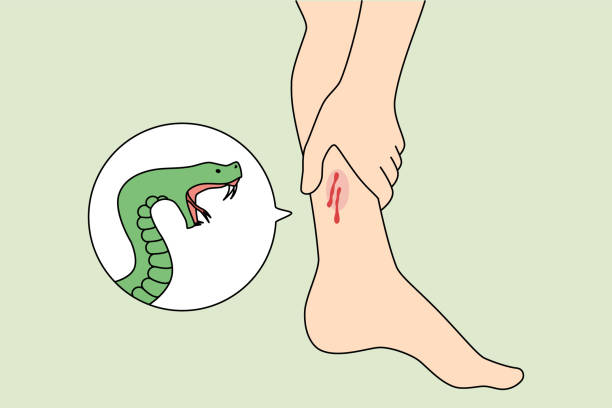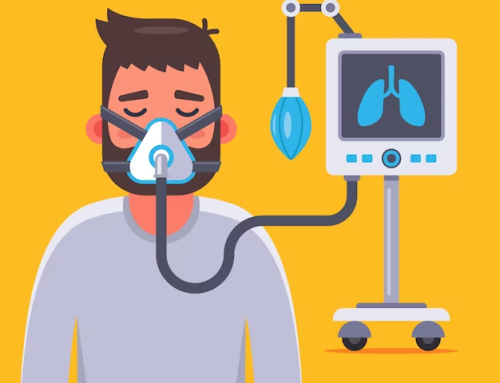Project Description
Summary:
Snakebite is a neglected tropical disease that poses a significant burden of mortality and morbidity, particularly in Southeast Asia. We summarized the epidemiology, clinical characteristics, treatment-seeking behavior, management, and outcome of snakebites in Bangladesh.
We conducted a thorough search of six databases and relevant bibliographies, covering articles published from the inception of these sources until 05 May 2023. A total of 25 cross-sectional studies were identified and screened by four authors, who independently extracted the data following the quality assurance process. We employed a random-effects model meta-analysis to estimate pooled prevalence.
The most frequently observed clinical manifestations among snakebite victims in Bangladesh were pain (56%, 95% CI 0.53-0.58), bleeding (57%, 95% CI: 0·54-0·60), lymphadenopathy (41%, 95% CI: 0·33-0·49), muscular weakness (39%, 95% CI: 0·34-0·44), dysarthria (36%, 95% CI: 0·31-0·41), and ptosis (32%, 95% CI: 0·30-0·34). The overall case fatality rate among these victims was 7% (95% CI: 0·05-0·12). Furthermore, approximately 69% of snakebite victims (95% CI; 0·68-0·71) received tourniquets from traditional healers known as Ojhas. Anti-snake venom was administered in 43% of cases involving venomous snakebites (95% CI; 0·40-0·46). The common adverse effects following ASV were urticaria (45%, 95% CI 0.35-0.55) and pyrogenic reaction (48%, 95% CI 0.40-0.57).
The incidence of case fatality following snakebite, as revealed by our pooled analysis, remains a matter of concern and highlights the under-recognition of this public health issue. The findings of our study offer valuable insights that can serve as a crucial basis for the development of national guidelines, advocacy initiatives, and prevention strategies aimed at effectively addressing this significant health concern.
Status: Completed
Full text link: Not available



